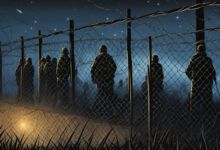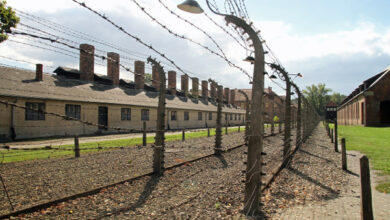Auschwitz stands as a stark reminder of one of the darkest chapters in human history. This former Nazi concentration camp in Poland has become a powerful symbol of the Holocaust and the atrocities committed during World War II. Visiting Auschwitz is crucial for understanding the scale and impact of the Holocaust, as it was the largest and most notorious of the Nazi death camps.
As you walk through the haunting grounds of Auschwitz, you’ll gain a deeper appreciation for the immense suffering endured by millions of innocent people. The site serves as both a memorial to the victims and a warning to future generations about the dangers of hatred and intolerance. You’ll see the remains of gas chambers, crematoria, and barracks that once housed prisoners, providing a tangible connection to the past.

Your visit to Auschwitz will be an emotional and eye-opening experience. It offers a chance to pay respects to those who lost their lives and to reflect on the importance of human rights and dignity.
By bearing witness to this tragic history, you play a part in ensuring that such events are never forgotten or repeated.
The Historical Importance of Auschwitz

Auschwitz stands as a stark reminder of one of the darkest chapters in human history. It played a central role in the Nazi regime’s systematic murder of millions during World War II.
The Genesis of Auschwitz and its Role in ‘The Final Solution’
Auschwitz began as a concentration camp in 1940, set up by Nazi Germany in occupied Poland. Its purpose soon changed as it became a key part of the ‘Final Solution’ – the Nazi plan to kill all Jews in Europe.
The camp grew quickly. It soon had three main parts: Auschwitz I (the main camp), Auschwitz II-Birkenau (a combined concentration/extermination camp), and Auschwitz III-Monowitz (a labour camp).

As the largest Nazi camp, Auschwitz became the main site for the mass murder of Jews. It was chosen for its railway links, which made it easy to transport victims from across Europe.
From Concentration to Extermination: The Transformation of Auschwitz
Auschwitz changed from a prison camp to a death factory. The Nazis built gas chambers and crematoria to kill and burn bodies on a massive scale.
Most new arrivals were sent straight to the gas chambers. The Nazis used Zyklon B gas to kill them. Those not killed right away faced hard labour, hunger, and disease.

Over 1.1 million people died at Auschwitz. About 90% were Jews. The camp also killed Roma people, Poles, Soviet prisoners of war, and others the Nazis saw as ‘undesirable’.
Auschwitz shows how industrial methods were used for mass murder. It stands as a symbol of the Holocaust and the evil humans can do to each other.
Exploring the Grounds: Auschwitz I and Auschwitz II-Birkenau
Auschwitz consists of two main sites that offer distinct yet equally important experiences. Each area reveals different aspects of the camp’s brutal history and the scale of the atrocities committed there.
The Enduring Structures of Auschwitz I
Auschwitz I, the original camp, houses many preserved buildings that tell the story of prisoners’ daily lives. As you enter, you’ll pass under the infamous “Arbeit Macht Frei” gate, its cynical message a stark reminder of the deception used by the Nazis.

Inside, you’ll find cell blocks converted into museum exhibits. These displays show personal belongings, photographs, and documents that belonged to victims. It’s a haunting experience that brings home the human cost of the Holocaust.
The gas chamber and crematorium at Auschwitz I are particularly chilling. Though smaller than those at Birkenau, they offer a grim insight into the killing process. Standing inside these structures, you’ll feel the weight of history pressing down on you.

The Expanse of Auschwitz II-Birkenau
Birkenau, also known as Auschwitz II, is vast. Its sheer size is overwhelming, stretching as far as the eye can see. This was the main extermination centre, where most of the killing took place.

The iconic gatehouse, featured in many films, marks the entrance. As you walk along the railway tracks, you’ll see the remains of wooden barracks where prisoners were crammed in inhumane conditions.
At the far end of the camp stand the ruins of gas chambers and crematoria. The Nazis tried to destroy this evidence, but the broken structures serve as a powerful memorial.
The selection platform, where new arrivals were divided into those who would work and those sent directly to their deaths, is a sombre spot for reflection.
The Personal Accounts: Survivors and Victims Stories

The stories of those who endured Auschwitz offer a harrowing glimpse into the horrors of the Holocaust. These accounts shed light on the experiences of diverse groups and individuals who suffered at the hands of the Nazis.
Diaries and Memoirs: The Voices from Auschwitz
Survivors like Elie Wiesel and Primo Levi have shared their experiences through powerful memoirs. Their words paint a vivid picture of daily life in the camp. You’ll find tales of hunger, fear, and the struggle to maintain humanity in inhumane conditions.
Wiesel’s “Night” describes his time as a teenager in Auschwitz. It shows how quickly life can change and the brutal reality of the camps. Levi’s “If This Is a Man” offers a more analytical take on the experience. It looks at how people behaved in extreme situations.
These accounts help you understand the impact of Auschwitz on individuals. They show the lasting effects on survivors’ lives long after liberation.
The Plight of Specific Groups: Alleviating the Overlooked Narratives
While Jewish people were the main targets, other groups also suffered greatly at Auschwitz. Polish political prisoners were among the first inmates. Their stories highlight the camp’s role in crushing opposition to Nazi rule.
The Roma people faced brutal treatment and mass killings. Their experiences are often overlooked in Holocaust narratives. Non-Jewish Poles were also sent to Auschwitz in large numbers. Their accounts shed light on the Nazi’s broader plans for occupied Poland.
These diverse stories show Auschwitz’s role as a site of genocide and oppression for many groups. They help you grasp the full scope of Nazi atrocities and the varied experiences of victims.
Educational Perspective: Auschwitz as a Learning Tool
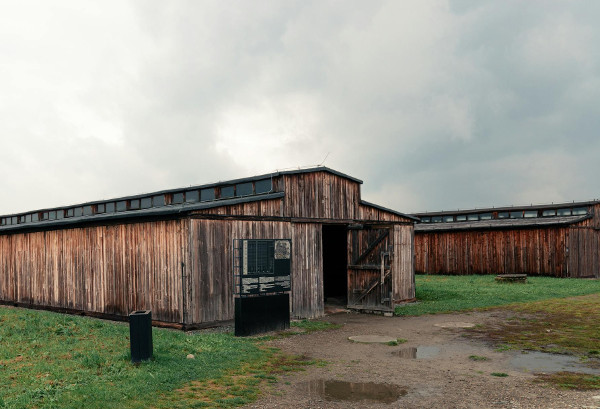
Auschwitz offers powerful lessons about history, human rights, and the dangers of prejudice. The site provides unique opportunities for students and visitors to gain deep insights through tours and thought-provoking discussions.
Guided Tours: Insights from Educators
Auschwitz Memorial guides lead visitors through the camp, sharing expert knowledge. These educators bring the site’s history to life, explaining key areas and artefacts. Tours cover the main camp, Birkenau, and exhibits with personal items.
You’ll learn about daily life for prisoners and see preserved buildings. Guides answer questions and provide context for what you’re seeing. For those unable to visit in person, online guided tours are available.
The Holocaust Educational Trust offers special programmes for students. Their “Lessons from Auschwitz Project” includes a visit to the site. This powerful experience helps young people understand the Holocaust’s relevance today.
Tackling Hard Questions: From Darkness to Enlightenment
At Auschwitz, you’ll face difficult topics head-on. The site prompts deep reflection on human nature and society’s darkest moments. Educators help visitors process these heavy themes.
You might wonder how such atrocities could happen. Guides address this by exploring the rise of Nazi ideology. They explain how propaganda and fear were used to turn people against each other.
Children under 14 may find some content upsetting. Parents and teachers must decide if younger visitors are ready for this intense experience. The site offers age-appropriate materials to help prepare kids.
Auschwitz teaches vital lessons about standing up to hatred and valuing human rights. You’ll leave with a stronger commitment to preventing future genocides.
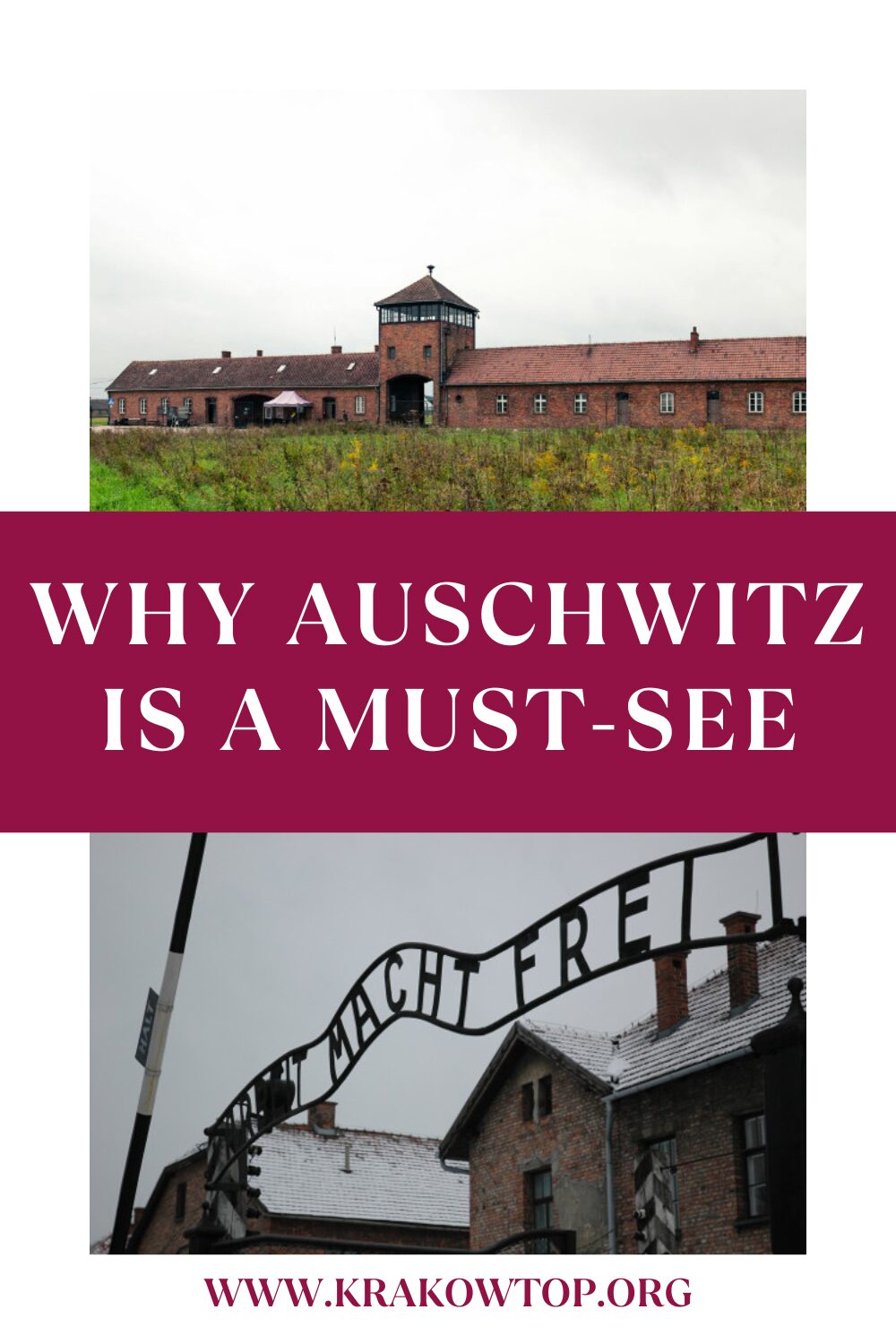
Visitor Information: Planning Your Pilgrimage
Visiting Auschwitz requires careful planning and preparation. Here’s what you need to know to make your trip meaningful and respectful.
Auschwitz Essential Details: Admission, Security and Respect
Entry to Auschwitz is free, but you must book a time slot in advance. Arrive 30 minutes early to go through security checks. Bring only small bags (max 30x20x10 cm) as larger items aren’t allowed inside.

Dress modestly and comfortably. Avoid shorts, sleeveless shirts, or clothing with offensive messages. Wear sturdy shoes for walking on uneven ground.

Remember, this is a place of remembrance. Stay quiet and respectful. Don’t eat, drink, or smoke on site. Photography is allowed in most areas, but not in certain buildings.
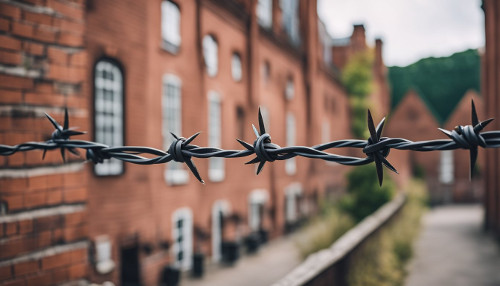
What to Expect on the Day of the Visit
Your visit will likely take 3.5 to 4 hours. This includes both Auschwitz I and Auschwitz II-Birkenau camps. Guided tours are highly recommended for a deeper understanding.
The car park is about 200 metres from the entrance. There’s a luggage storage area for larger bags.
Start Planning Your Krakow Trip Now!
- Unsure where to stay in Krakow? Discover top-rated Old Town and Kazimierz hotels with Booking.com.
- Book your airport transfer now and enjoy a hassle-free ride directly to your hotel. Driver will meet you at John Paul II International Airport Kraków–Balice.
- Take a Tour of Auschwitz. Arrange a visit to the Auschwitz-Birkenau Memorial and Museum to pay tribute and learn about this significant historical site.
⚠️ SUMMER BOOKING ALERT: Auschwitz tours are in high demand during the busy summer season. Secure your visit now to guarantee your preferred date and time slot. Last-minute availability cannot be guaranteed during this peak season. Due to increased visitor numbers in summer, it’s strongly recommended to book your tickets and tour to Auschwitz well in advance to secure your preferred dates and times! 🔖
- Explore the Fascinating Wieliczka Salt Mine! Book your guided tour today. These tours are very popular, so book early to avoid disappointment and ensure your spot.
- Looking for ideas? Check out our KrakowTOP.org recommended itineraries, including the famous Christmas Market, holiday events, and must-see Krakow attractions like Wawel Castle, Oskar Schindler’s Factory and St. Mary’s Basilica.
Opening hours vary by season:
- 8:00 to 18:00 (March to October)
- 8:00 to 17:00 (November to February)
Read also:
Be prepared for an emotional experience. The exhibits are powerful and can be upsetting. Take breaks if needed and support each other.




